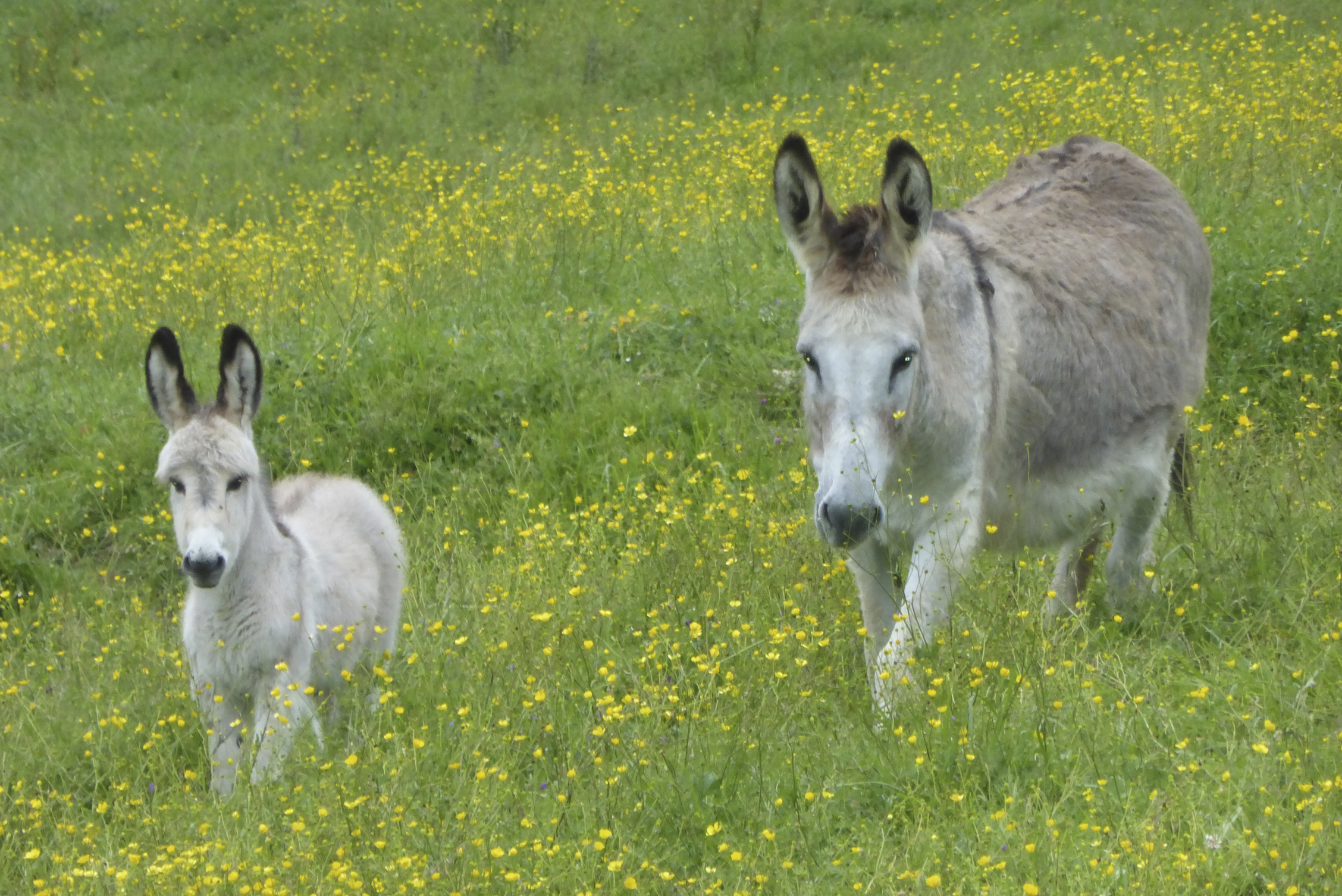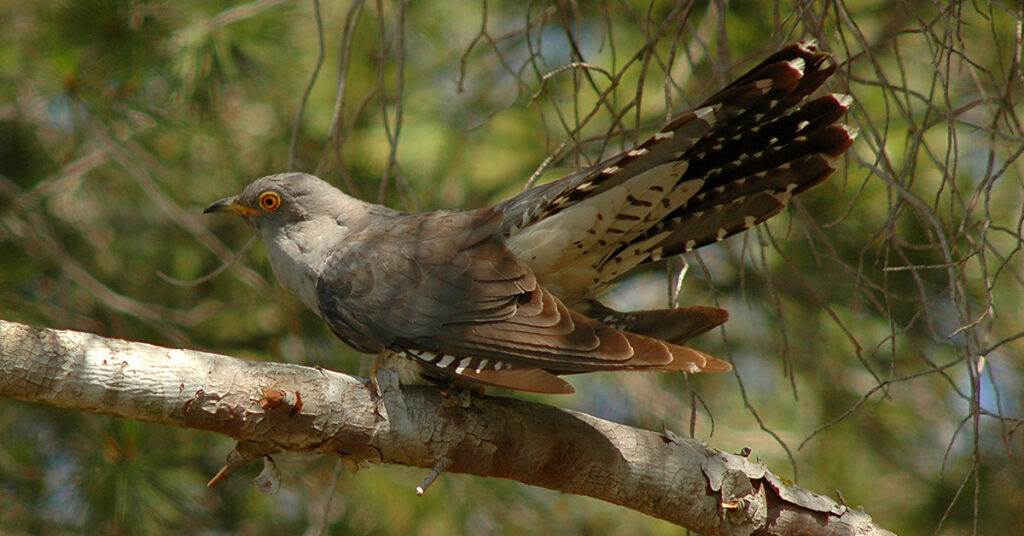Archives
‘Cuckoo, cuckoo’. One of the best-known sounds of nature. It is clearly the most famous bird call, as can be seen from the bird’s name in different languages: kuku in Basque, cuco in Spanish, coucou in French, cuckoo in English…
Even though spring officially begins on 20 March according to the calendar, the call of the cuckoo (Cuculus canorus) heralds the arrival of this season for the baserritarras (farmers).

Akaitze Kamiruaga. Labayru Fundazioa Photographic Archive.
The present post accounts for some of the vocabulary connected with oestrus and pregnancy cycles in several domestic animals, gathered in Gernika-Lumo (Bizkaia) and applicable to a region which extends as far as the coastal city of Lekeitio (Bizkaia).
Cattle (behiak): We use the term susera to indicate that a cow is on heat —behia susera dago or behia suseratu egin da—. We could likewise use the more generic term umeske, literally ‘desiring to breed’, and therefore attributable to other female animals which are receptive to mating, such as mares, jennets and ewes. (more…)

Hirūdinēs. Dioscorides’ De Materia Medica. Salamanca, 1563. Eukal Biblioteka. Labayru Fundazioa.
Bloodletting is claimed to have been a most common and ancient medical practice, its use being gradually relegated to the margins of conventional medicine over the years.
Two main methods were employed: one or more superficial veins were opened with a lancet to let the blood flow out in a controlled manner; alternatively, living leeches —widely known, in Basque, as uzanak or izainak— were applied to safely remove impure or congested blood. (more…)

Fountain of Goiendegi. Neighbourhood of Urigoiti, Orozko (Bizkaia). Javier Perea. Labayru Fundazioa Photographic Archive.
“It has quite rightly been said that any human settlement is the amalgamation of a little humanity, a little land and a little water.” proves to be a self-evident, though worth recalling observation, made by Barandiaran at the time.
Proximity to rivers or springs of fresh water was a major geographic factor for human settlement, ultimately affecting the location of rural houses. Some households had their own well, cistern or tank; others shared it with neighbouring households. Many neighbourhoods featured a fountain, together with a drinking trough for the livestock, and a communal washing place where clothes were laundered. And in larger population areas urban fountains were a convenient source of good-quality water, not to mention professional vendors who supplied water door to door. (more…)




